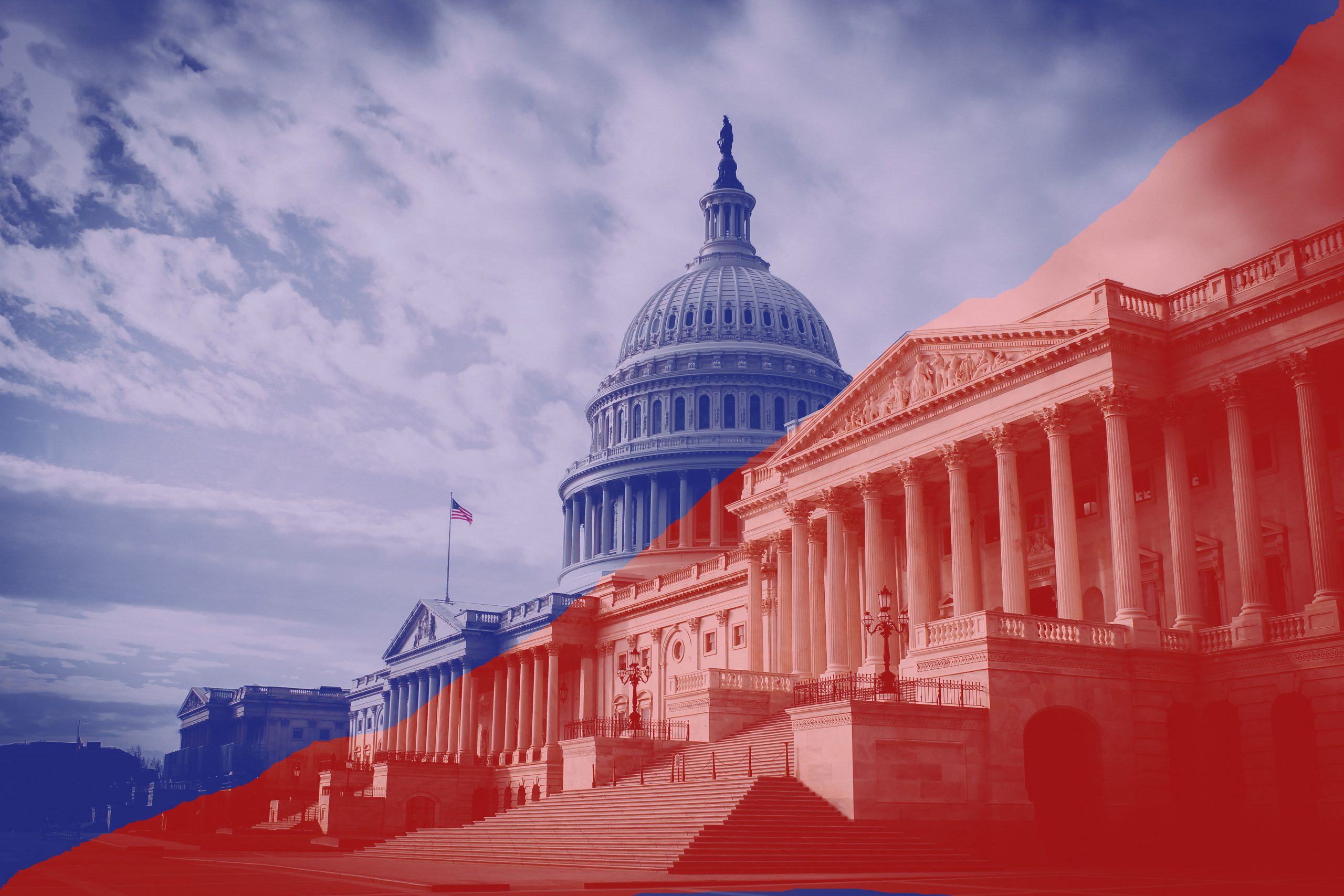Voters Want Pragmatism. Energy Is a Good Place to Start | Opinion
MARY LANDRIEU AND HEIDI HEITKAMP , LEADERSHIP COUNCIL CO-CHAIRS, NATURAL ALLIES FOR A CLEAN ENERGY FUTURE
The Nov. 8 election brought some big surprises. The red wave that wasn’t instead turned into a politically split Congress. Voters have rejected the extremes, are yearning for a government that works, and are empowering the political center to achieve bipartisan compromise. One place where both parties can potentially find some common ground—energy and climate.
The key voting bloc credited with giving new life to the Biden administration were young voters, who chose Democrats in Congress by a whopping 28-point margin. A recent national survey found these voters care about climate change more than any other age group, while at the same time found real financial worry about inflation and housing costs.
Fighting climate change while maintaining affordability for Americans can often seem like conflicting goals, but there’s one energy source that can balance both: natural gas.
As former Democratic senators, we understand our party may raise an eyebrow at the mention of using a fossil fuel to fight climate change.
But it’s important to understand global coal use will hit record levels this year—especially in China, which is burning more coal than the rest of the world combined and has 200 more plants set to come online.
President Joe Biden‘s climate envoy, John Kerry, stated last fall that China’s expected coal growth “would actually undo the ability of the rest of the world to achieve a limit of 1.5 degrees Celsius in global temperature increases.”
Switching from coal to natural gas wherever we can around the globe—which cuts carbon in half—can actually achieve our shared global climate goals faster, and cheaper. In advanced economies like the U.S., that means partnering natural gas with renewables, like wind and solar, to decarbonize even further without sacrificing reliability and affordability.
Ramping up America’s natural gas resources is the best answer to this global coal challenge, shipping it where we can make the greatest carbon reduction impacts and improve energy security, as we do today in stabilizing our European allies against Russian President Vladimir Putin’s energy war.
Here at home, natural gas is also essential to powering President Biden’s infrastructure plan—for energy intensive industries like cement and steelmaking that we’re counting on to help build roads and bridges, for plastics and even fertilizer which require natural gas as a core ingredient. The latter is critical to fighting global hunger and ensuring sufficient food supply.
In short, there’s a lot both parties can grab onto, to get things done for voters looking for practical solutions, not politics-as-usual.
All of this requires continued investments in natural gas infrastructure to move energy where it’s needed—both to fight climate change, to increase affordability, and to create jobs. Carbon capture technologies are a key part of that, which the Biden administration has already recognized with $3.5 billion in new research funding announced earlier this year.
The vast natural gas network already in place can work to fast-track carbon reduction now, while easily being repurposed later to move affordable zero-carbon fuels of the future like green hydrogen to hit net-zero targets, as Columbia University found.
We also know that regions like New England, which have spent the last decade blocking needed pipelines and infrastructure, can become quickly destabilized on climate, cost, and reliability without natural gas.
Residents there are now facing 50-100 percent increases in utility bills this winter, against the backdrop of high inflation and gasoline prices making it harder to get by for families—and in particular those 18-30-year-olds who rank affordability concerns highest. And worse, every winter when the northeast runs out of natural gas, power plants and industry switch to fuel oil, predictably resulting in major increases in avoidable carbon emissions.
But most concerning: between the largest utility, respected energy experts, and a multi-state coalition of bipartisan governors, are warning of a serious energy reliability crisis this winter threatening public safety.
That’s not a winning strategy on climate or economic stability.
We need to get back to practical solutions. Streamlining permitting, investing in natural gas infrastructure, and recognizing the value of natural gas rather than demonizing it. This advances a global clean energy future, and shows voters, in particular those key 18-30-year-old voters, that a politically divided Congress and White House can get meaningful things done in the years ahead.
Mary Landrieu is a former Democrat United States senator from Louisiana. Heidi Heitkamp is a former Democrat United States senator from North Dakota. Senators Landrieu and Heitkamp serve as leadership council co-chairs for Natural Allies for a Clean Energy Future. The views expressed in this article are the writers’ own.

